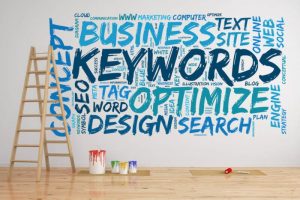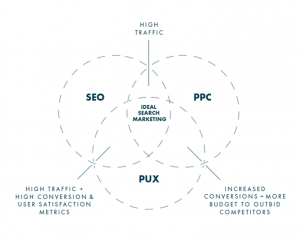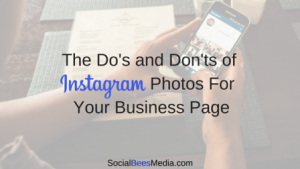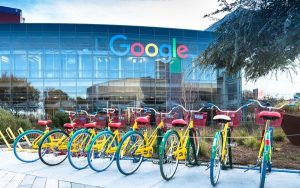Understanding the Effects and Finding the Light in Dark Times
The impact of COVID-19 (Coronavirus) has run rampant, affecting just about every industry not to mention the worldwide economy and humankind. The way brands market and sell their products, let alone conduct their business, has changed rapidly in a very short time period and it’s not slowing down soon enough. With retailers and restaurants closing their physical locations to airlines cancelling and limiting flights, companies are being forced to think differently.
While it feels like we are living in an episode of the Twilight Zone, or it’s new age counterpart Black Mirror, there is a light at the end of the tunnel through all of this and Gimbal is here to support ongoing initiatives and offer creative solutions during this unsettling time.
But first, let’s take a look at some of the foot traffic insights sourced from our proprietary location data to showcase the impact seen across several categories in particular cities. This data is intended to be used as an exploration of behavioral changes based on real-world insights and not meant to inform business decisions with so much still unknown.
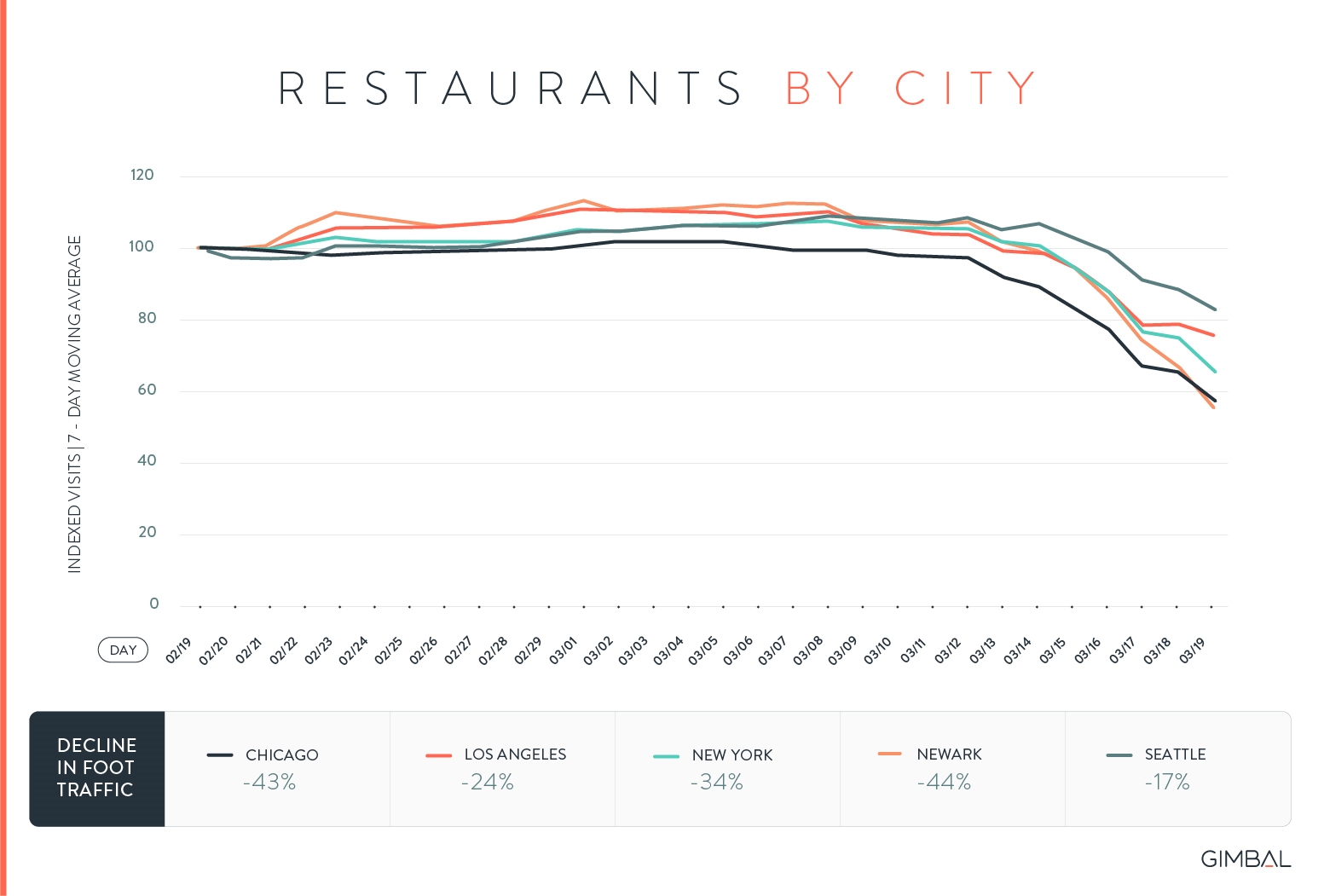
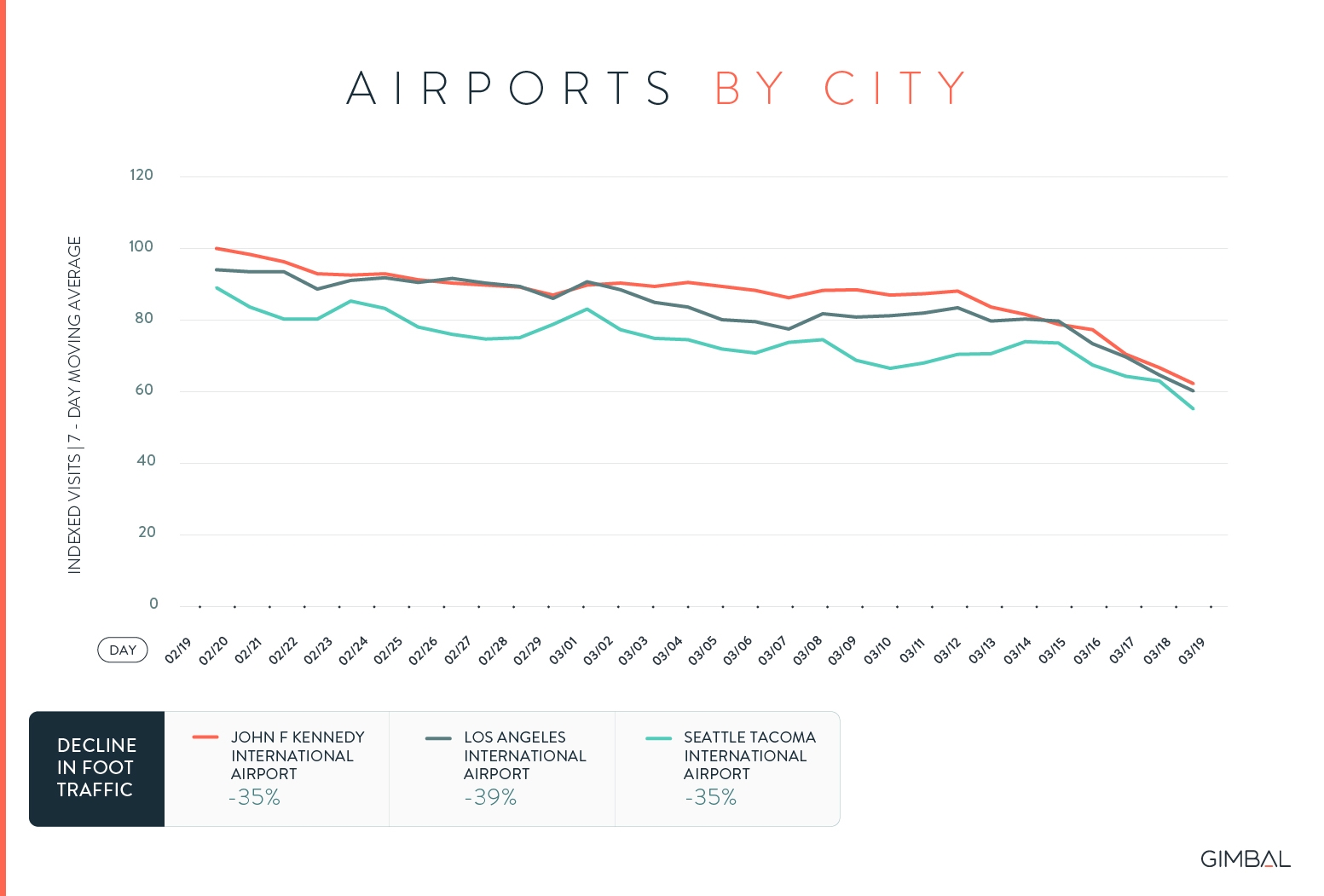
JFK
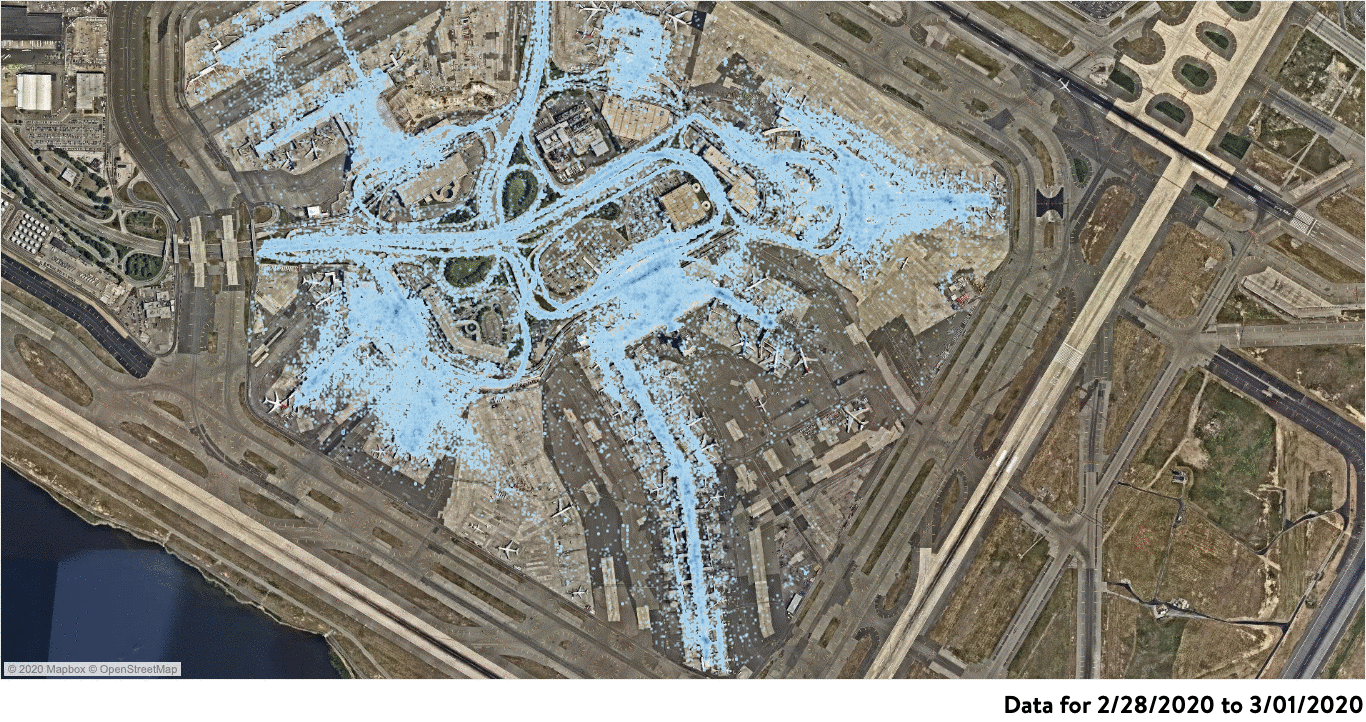
LAX
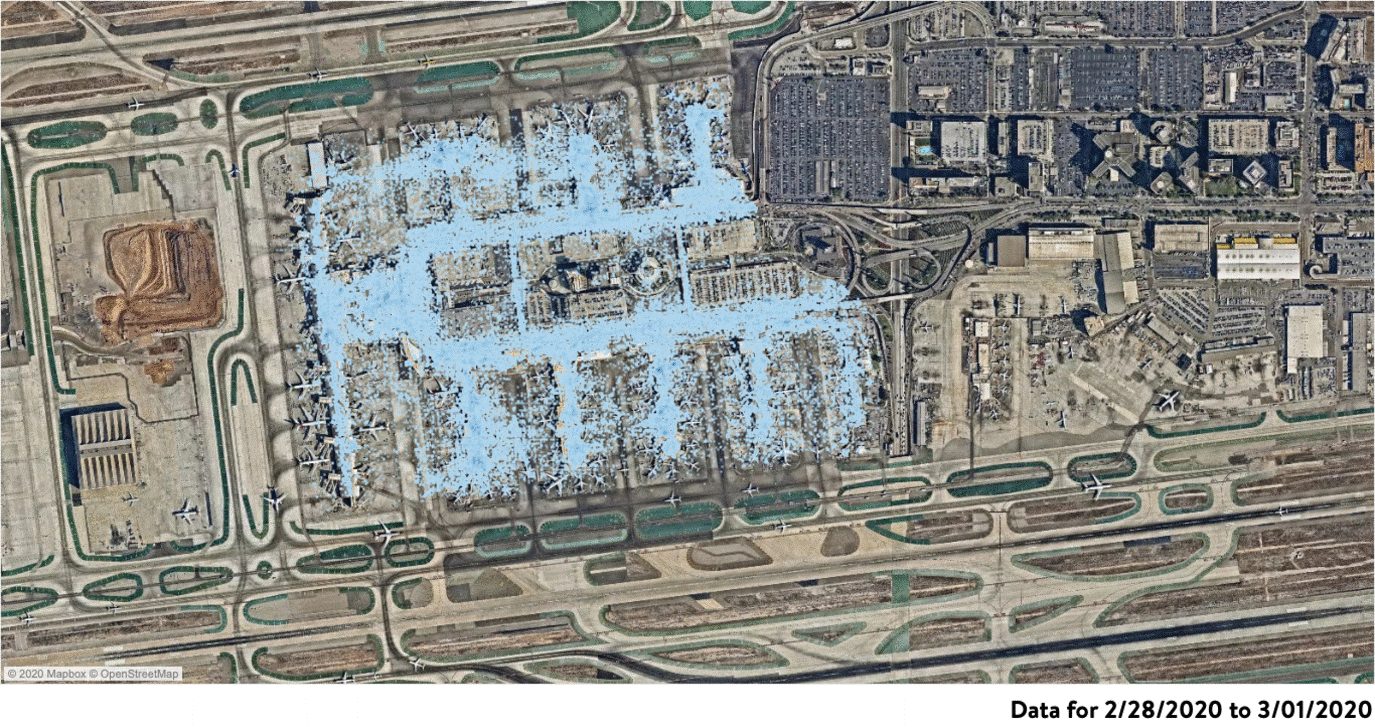
SEA
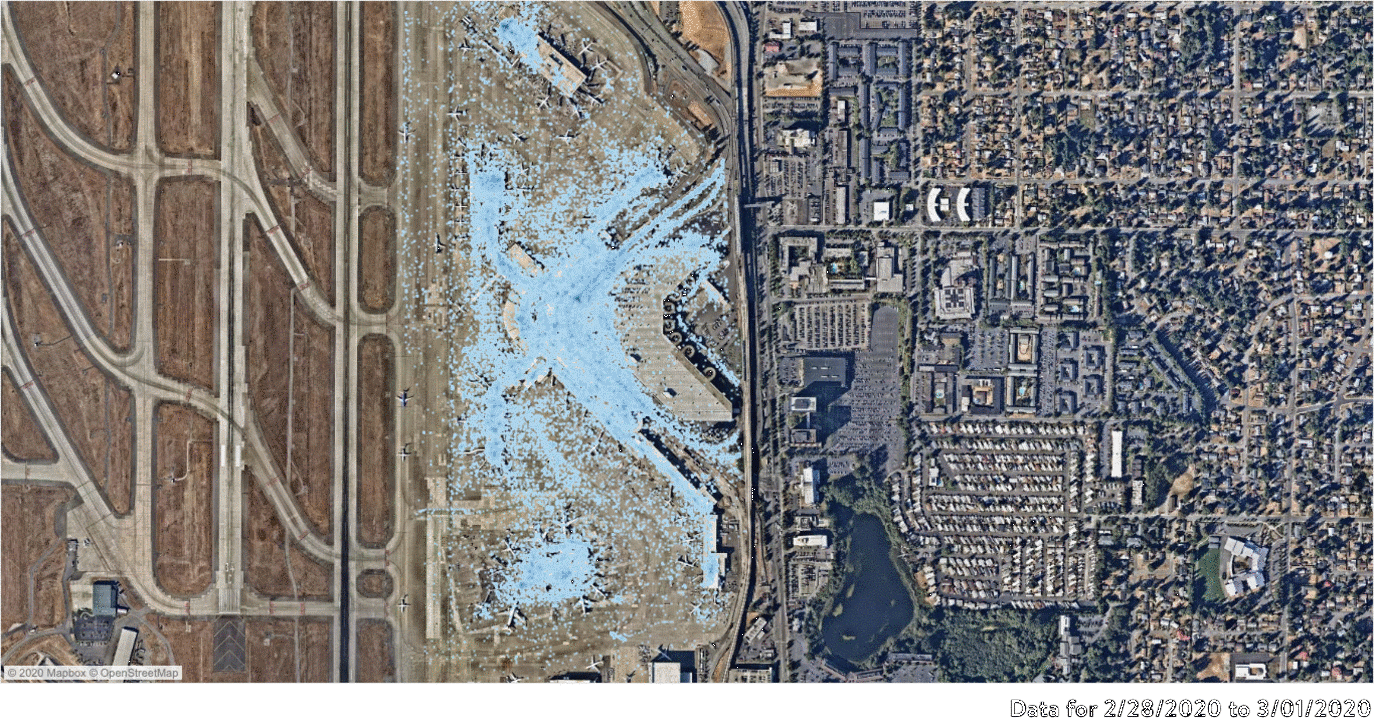
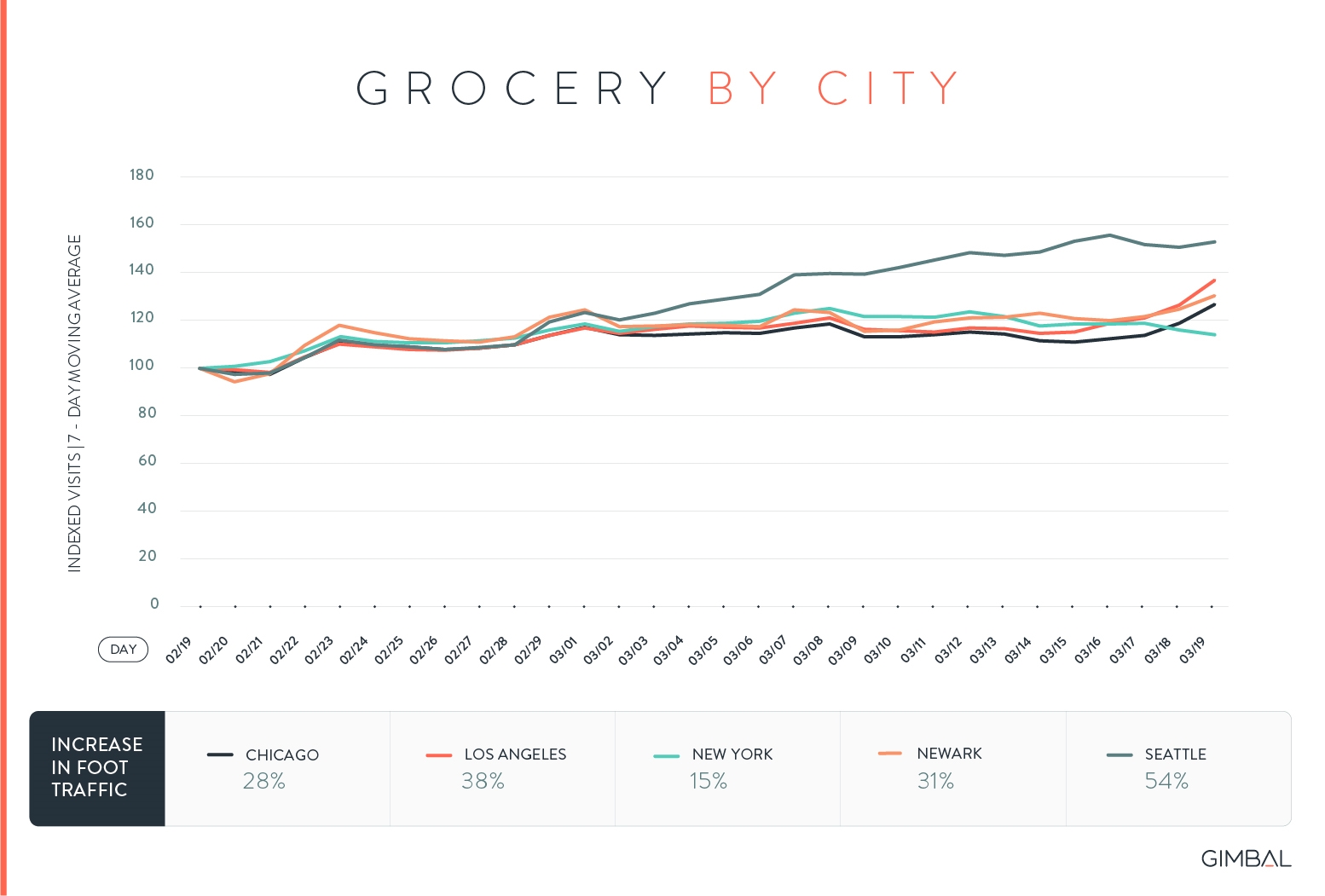
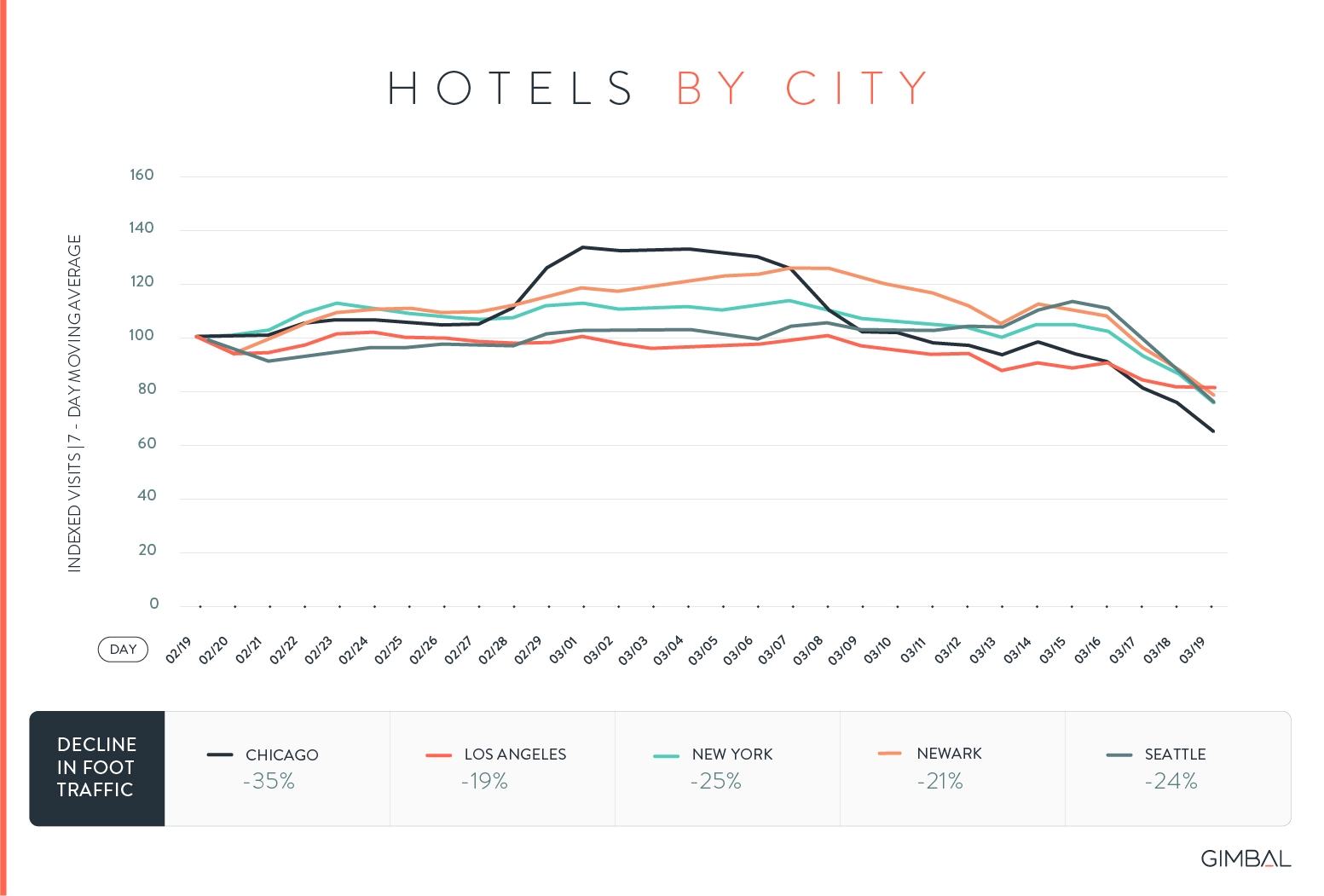
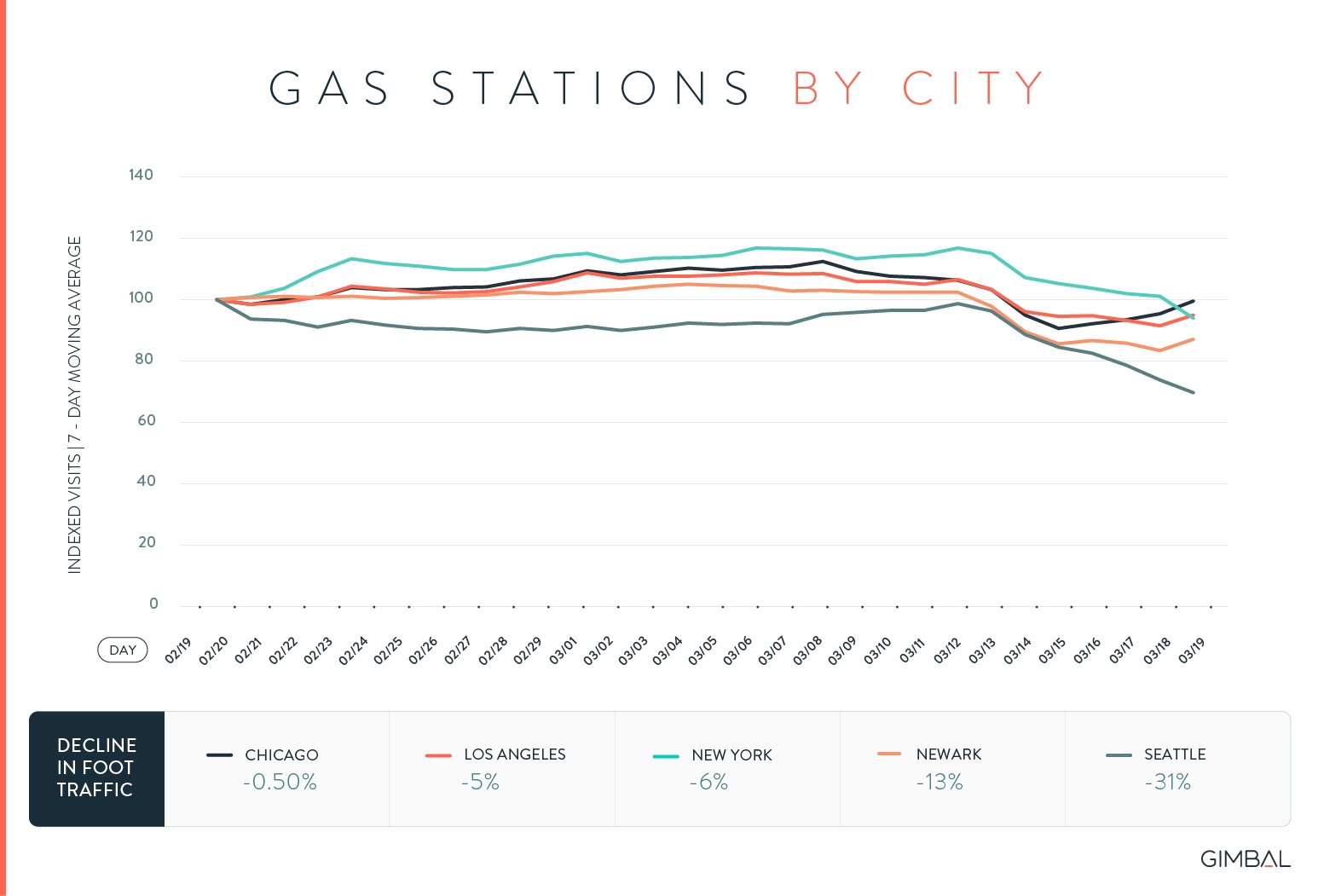
So What Now?
How Brands Can Get Creative
Before getting into examples, it’s important to point out that while everyone is feeling the impact of the Coronavirus outbreak, sales haven’t been negative for all. RIS recently conducted a survey among their audience with 30% reporting a negative impact on sales, 36% reporting a significant uptick, and 6% finding it to be a goldmine. Meanwhile, 12% are still up in the air and 15% haven’t noticed a change.1
However, regardless of the sales impact, it’s an extremely important time for all businesses to inform and educate consumers. This can be done in a variety of ways across multiple channels:
- Reach consumers with display ads or send push notifications about new store hours, closures, drive-through, curb-side pickup or delivery options
- Send push notifications if/when customers are nearby stores with special online offers if physical locations have temporarily closed
- Create awareness around free delivery through display ads, push notifications, text, and email
- Offer BOPIS options or create new pickup streams with Amazon lockers and alert customers of nearby locations
- Inform hotel customers of updated cleaning policies, price cuts, or changes to loyalty program
- Deliver push notifications or geo-targeted ads if people are dwelling outside residential neighborhoods with messaging such as, “We encourage everyone to stay at home during this time and are offering free home delivery.”
With grocery lines wrapping around the corner as customers wait to (safely) enter and stock up on essentials, what could be worse than finding out those items are not on the shelves? Using location data, retailers can alert customers via push notifications when items are out of stock – or otherwise restocked – when customers are nearby.
Additionally, more people will be cooking at home so food delivery subscription services such as Blue Apron, Hello Fresh, and others may increase advertising during these times for renewals or new memberships.
Quarantainment
If there’s one thing that’s increased it’s social distancing. If there’s one thing that hasn’t it’s social interaction, albeit virtually. From FaceTime fun to sharing more on social media, friends and families are finding ways to stay engaged with one another creating a new wave of opportunity for brands to get involved.
Consumers are now cooking with everything on their shelves. CPG brands can take this time to create competitions via social media around creative ways to use their products and reward customers for innovative recipes.
Live Entertainment has certainly suffered, but that doesn’t mean event-based companies haven’t thought of other solutions. Live-streaming offers musicians and artists a new way to entertain their audience. This also encourages people to stay indoors. Messaging using location-based data might go something like this:
“Don’t use up your data on live-streaming! Connect to Wi-Fi at home for the best experience”
Or maybe you’re a retailer with temporary store closures and want to keep your customers engaged. What better way than through social media contests i.e. “Wear your favorite outfit and post with #[x] for a chance to win 10% off your next order.” This will not only build new followers but drive loyalty as well.
Location-Based Audiences Can Still be Leveraged
Understanding that Gimbal’s bread and butter is applying location data to build and target audiences and measure the impact via footfall attribution, there are obvious implications given the climate. However, there are also ways to leverage this data even without normal visitation and movement patterns taking place.
Let’s say you’re a gaming company and normally target video game enthusiasts, you may want to consider targeting an audience of frequent gym goers to help them stay active while at home.
Similarly, fitness companies and gyms can fuel the drive to stay active by promoting in-home fitness streaming or offering online classes – possibly free of charge to entice new membership sign ups for the future.
Restaurants can analyze frequent diners based on past foot traffic and dwell-times (we have an audience for that) and segment those customers with different messages and incentives than other customer types.
What about Automotive dealerships? With less people visiting lots, dealerships and automakers can enhance their websites and drive users to build cars online or even “test drive” by teaming up with gaming companies.
Loyalty Analysis
While many brands likely know who their loyal customers are by tracking online engagements and spend, COVID-19 has led those who rely on visitation to physical locations to create customer donation opportunities to support their businesses and staff. The true brand loyalists will surely shine here and brands can certainly take advantage of recognizing these customers in new ways.
We’re All In This Together
If there’s a silver lining in this, it’s that companies are coming out in droves to support the community and we are likely to see new partnership opportunities come as a result. These may include restaurants partnering with delivery services, co-branded product lines and business collaborations, and other synergies.
In fact, it’s already taking place with Ford and Tesla (Tesla Stock) joining forces with General Electric and 3M to produce more ventilators and masks, alcohol companies making hand sanitizers, beauty brands such as the Body Shop donating care packages to local hospitals, and companies such as Walgreens, Target, and CVS opening up their lots for COVID-19 testing. So while the worst is taking place, there’s hope for the best to come out of it.
Long and short of it, consumer sensitivities are high and it’s a time where brands are looking for meaningful ways to connect to consumers with messaging that truly resonates. Gimbal is here for you and open to bringing new ideas around creative messaging, reaching custom audiences across devices and channels, and driving ROI for your business in this new normal.
142% Say Sales are Surging During Coronavirus, RIS Survey Finds. RIS. March 25, 2020.
Stay Safe. Stay Healthy. Stay Informed.
Business & Finance Articles on Business 2 Community
(51)


